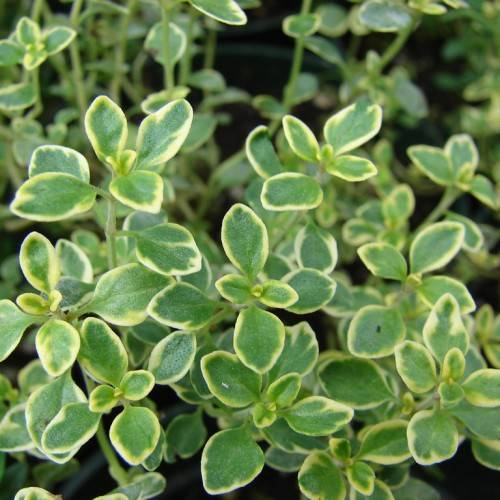
lemon thyme
Thymus citriodorus
Cycle:
Herbaceous Perennial
Watering:
Minimum
Hardiness Zone:
5 - 8
Flowers:
Flowers In Summer
Sun:
Full sun
Leaf:
Yes
Growth Rate:
Low
Maintenance:
Low
Drought Tolerant:
Yes
watering
Lemon thyme (Thymus citiodorus) should be watered when the top inch or 2 of soil feels dry. During the growing season, you should water this plant thoroughly about once a week. If rainfall is adequate (ideally 1 inch per week), you may not need to provide additional watering. In the winter months, you can water less often, generally only when the top few inches of soil is dry. Be careful not to overwater, as this can lead to root rot.
sunlight
Lemon thyme (Thymus citriodorus) benefits from at least 6 hours of direct sunlight per day. It is an evergreen perennial shrub that grows in full sun exposure. This plant species prefers full sun but will tolerate partial shade. It is best to give it as much direct sunlight as possible, especially in cooler regions. In hotter climates, areas of afternoon shade may be necessary to provide some relief from the intensity of the sun. During the winter months, the light intensity may be naturally reduced and the plant can benefit from a little less light. A south facing exposure is generally best for this plant species.
pruning
Lemon thyme (Thymus citriodorus) should be pruned in the Spring, just before new growth begins. Prune by removing any dead or diseased stems, and then cutting back the remaining growth to just above a pair of healthy leaves. This will help to keep the plant compact, as well as encourage branching and the production of new foliage. Aim to prune Lemon thyme by about 1-third to 1-half of its total size, and do this every 1 to 2 years.
